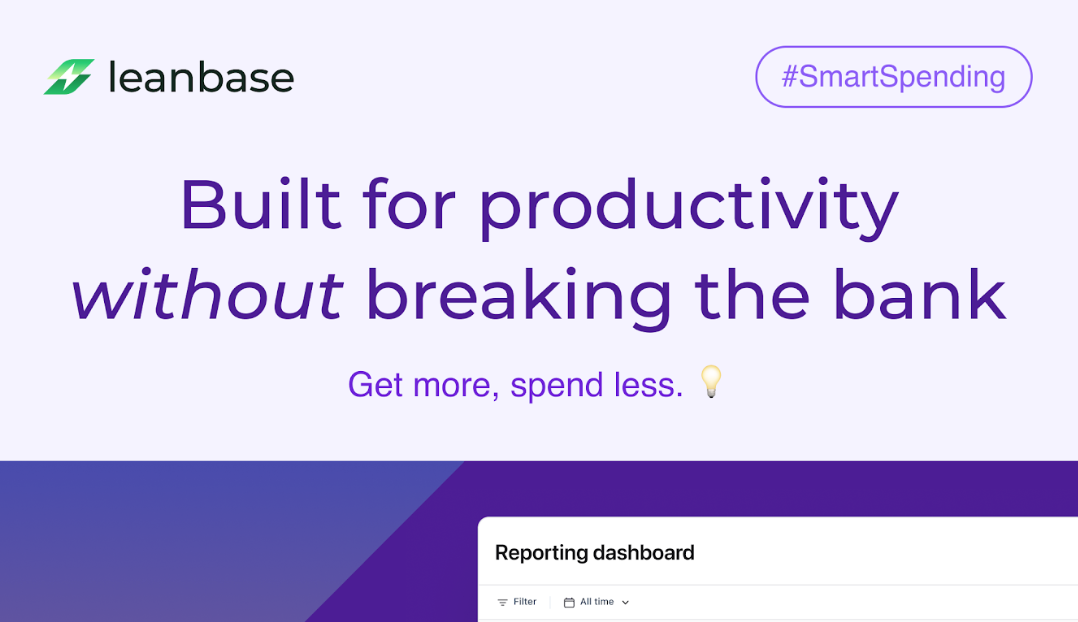Why profitability matters than ever

Rethinking Startup Growth: Profitability vs. Scale
For years, the prevailing wisdom in the startup world has been to prioritize growth above all else. Profitability was often seen as an afterthought—something to consider only after reaching massive scale. The focus was on raising funds, increasing valuations, and capturing market share. After all, when venture capital was abundant, why worry about profits?
But that mindset has always been flawed.
Profitability isn’t a sign of limited ambition—it’s about control and sustainability. A profitable startup isn’t dependent on external funding for survival. It means founders can stay true to their vision without external pressures dictating their pace of growth. Once you experience financial sustainability, it’s hard to imagine running a company any other way.
The Myth of Profitability Being Unattainable
Paul Graham coined the term "ramen profitability," referring to the point where a startup earns just enough to sustain its founders. He argued that achieving this milestone made startups more appealing to investors because it proved they could generate revenue, build valuable products, and manage expenses wisely.
That idea, first introduced in 2009, is more relevant today than ever. In fact, with the right approach, it’s now easier for startups to achieve not just ramen profitability but traditional, sustainable profitability—while still growing at a healthy pace.
Leanbase’s Approach: Profitability as a Competitive Advantage
At Leanbase, we didn’t start with profitability as our main goal. Instead, we focused on building the best possible product for cross-functional collaboration between tech and non-tech teams. Our strategy? Keep the team lean and highly skilled. When we launched after a year in private beta, nearly all of our initial beta users converted to paying customers. To our surprise, we realized that with disciplined cost management, reaching profitability wouldn’t take long. Within a year, we were operating profitably—and we’ve remained that way ever since.
Why Small, High-Impact Teams Win
The tech industry has long equated large teams with success. Yet, in our experience, small, focused teams deliver better quality and move faster. So why has excessive hiring become the default?
Perhaps it’s the fear of missing out—watching competitors expand rapidly can create pressure to do the same. Investors often push startups to scale their teams, citing benchmarks that suggest they’re "understaffed." But being lean is not a weakness. It’s an advantage. The real bottleneck isn’t team size—it’s focus, skill, and execution. Bigger teams often mean more meetings, slower progress, and diluted vision.
At Leanbase, we made our first hire six months in and have intentionally scaled at a controlled pace. Instead of aiming for an arbitrary headcount, we focus on hiring individuals who truly elevate the team. This careful approach has allowed us to maintain both our culture and product quality.
The Overlooked Benefit of Profitability: Peace of Mind
One of the most underrated advantages of profitability is the freedom it provides. Once a startup is profitable, founders stop worrying about survival and can focus on what truly matters—building an exceptional product. Instead of making decisions to impress investors, we optimize for long-term value creation.
Of course, profitability isn’t immediate for every startup. If you’re building a new market, a social network, or a hardware company requiring significant upfront investment, profitability may take longer. But for many SaaS companies, especially those in B2B, achieving profitability sooner than expected is often a real possibility. The key factors? Thoughtful hiring, disciplined spending, and a strong product-market fit.
Key Metrics for Sustainable Growth
Revenue Per Employee
One of the simplest ways to gauge hiring efficiency is revenue per employee. Top public companies often generate $1-2 million per employee. For startups, a reasonable target falls between $500K and $1M per employee. This metric helps maintain financial discipline and prevents unnecessary overhiring.
Understanding Your Risk Profile
Are you building something speculative, where the market is uncertain? Or are you creating a better version of an existing product? If you’re in the latter category, profitability can often come sooner than expected. The majority of modern B2B software startups are refining existing solutions rather than inventing entirely new ones, making early profitability more feasible.
Hiring with Intention
For most software startups, ten employees before achieving product-market fit should be the ceiling, not the target. Every new hire should address a specific, pressing need—not just fill a role on an org chart. At Leanbase, deliberate, slow hiring has led to stronger team cohesion and better decision-making. Rapid scaling often dilutes culture and lowers the overall quality of talent. When you hire less, you hire better.
Raising Funds on Your Own Terms
Profitability doesn’t mean rejecting investors—it means having the power to choose. Investors are highly interested in startups that demonstrate both profitability and growth. Being profitable gives you leverage: you can raise capital when it makes sense, from the right partners, and under the right conditions. Instead of relying on external funding for survival, you can use it strategically for larger investments, expansion, or acquisitions.
Profitability: The Startup Superpower
The idea that startups must burn cash indefinitely to succeed is a myth. Many of the most successful companies achieved early profitability—they just didn’t advertise it. When a startup is profitable, decisions are guided by customer needs and product excellence rather than investor expectations.
At Leanbase, we didn’t set out to build a profitable company. But now that we’re here, we wouldn’t do it any other way.
